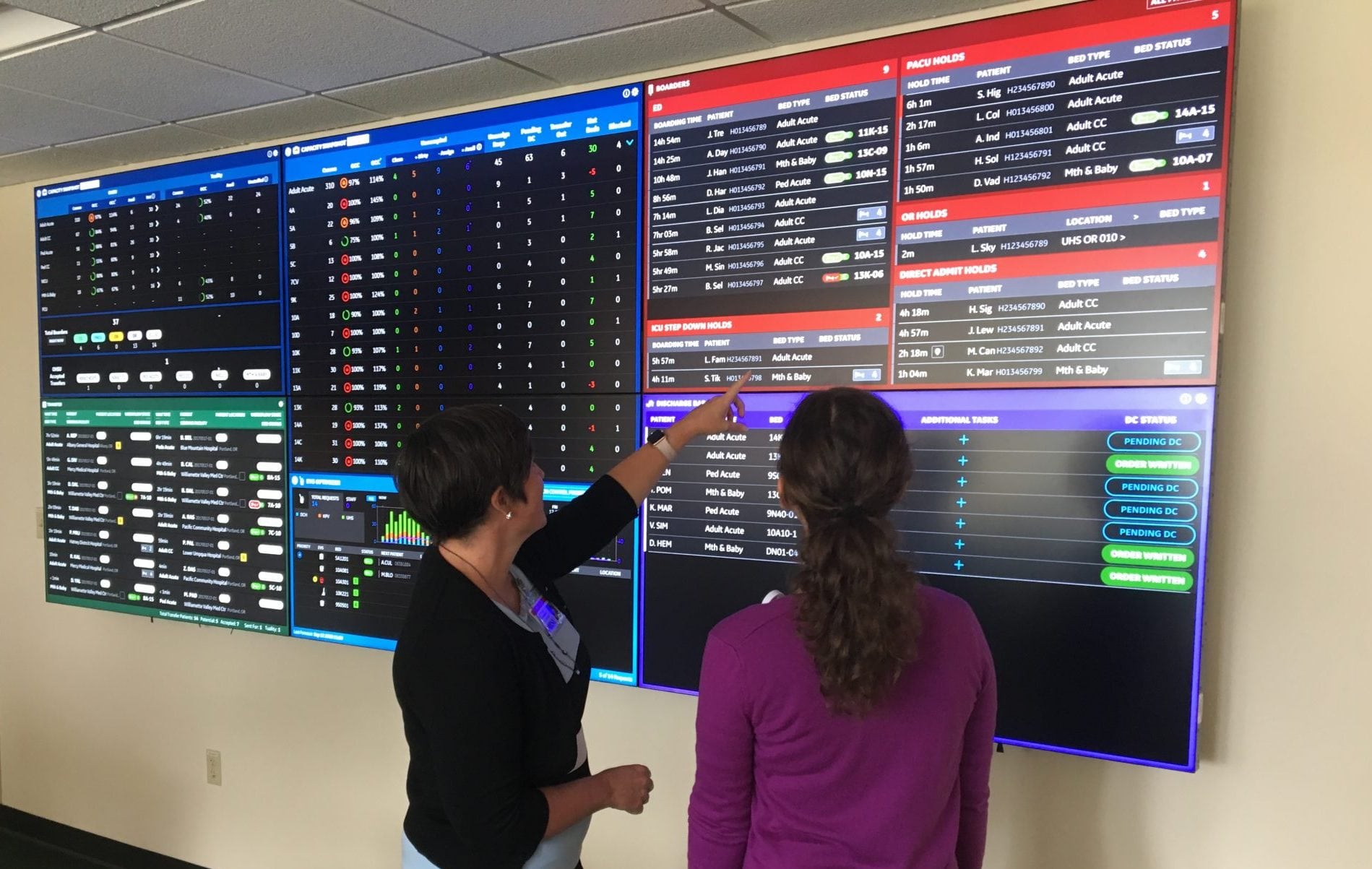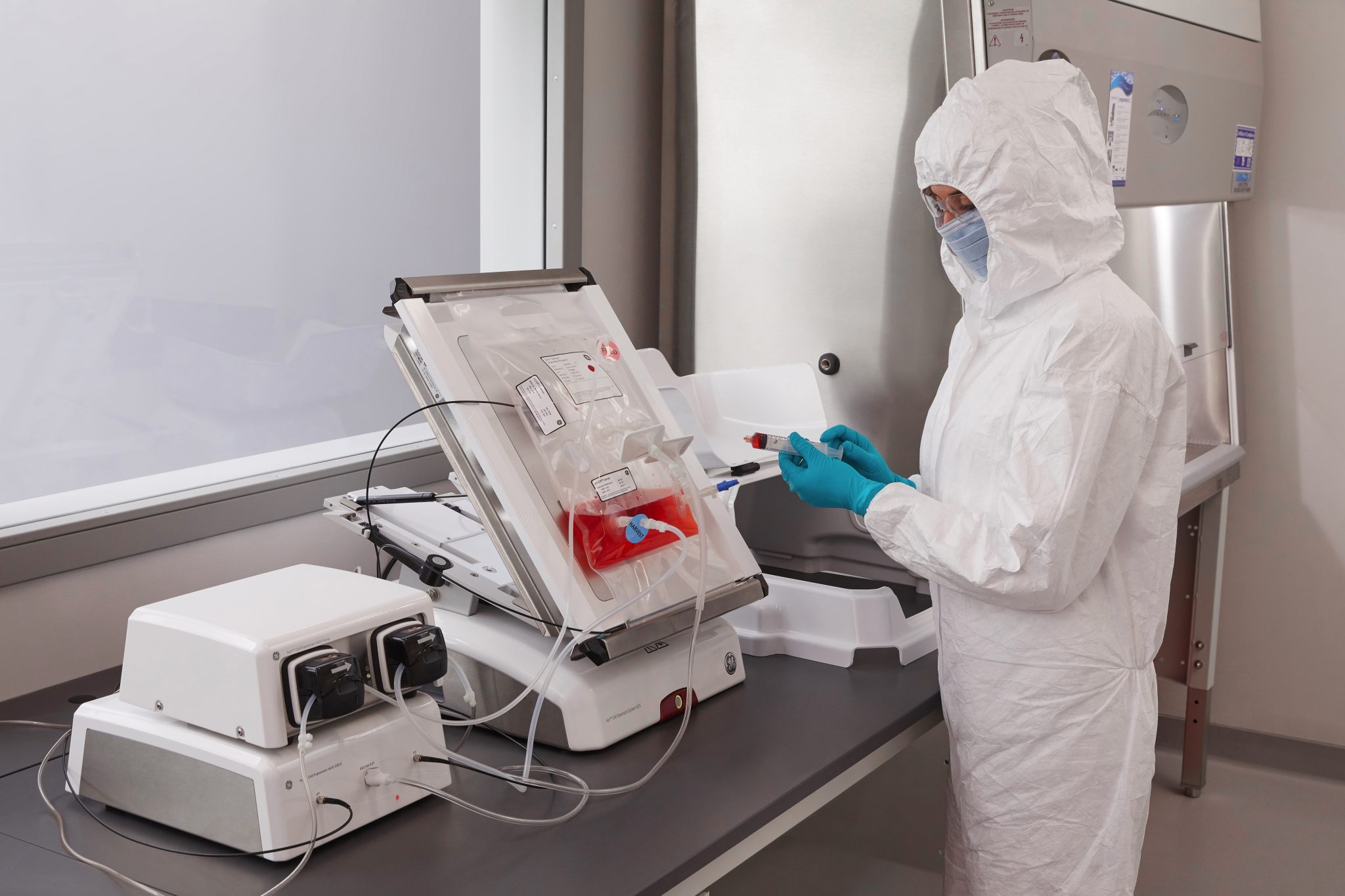WE HAVE A VISION*
GE Healthcare and Roche Diagnostics are bringing together our experience in the clinical care setting and in the lab to address one of the most significant challenges in healthcare. We envision a digital platform that uses artificial intelligence to empower clinicians to detect patient deterioration before it’s too late. Our first target is sepsis.
More about the problem
An Important Partnership
GE Healthcare & Roche Diagnostics are uniquely positioned to predict deterioration and optimize care:
- Clinically
- Operationally
- Economically


Roche is an expert in Biomarkers, Tissue Pathology, Genomics & Sequencing.
Why is the partnership unique?
The companies aim to develop comprehensive digital offerings that provide clinically relevant insights extracted from the integration and analysis of in-vivo and in-vitro data, delivered at the point of care.
GE Healthcare is an expert in Medical Imaging, Patient Monitoring, Digital & Analytics Solutions.
Improving Personalized Healthcare
GE Healthcare and Roche have a common vision for the evolution of precision health, also known as personalized healthcare. That means we aim for more precise treatments for all patients. As designed, the algorithms and solutions we are developing may enable more personal outcomes, at scale.
Our Vision
GE Healthcare and Roche Diagnostics are working together on an answer to the tragedy of patient deaths related to undetected deterioration. An intuitive “digital team member” could provide a continuous clinical view of each patient. As designed, it would synthesize all available vitals and data from many sources, helping make patient information more relevant and easily accessible to clinicians.
Imagine if clinicians could have:
Comprehensive clinical content at your fingertips
Envision a technology that turns vast quantities of data into useful in-context insights, in near real time. All based on continuous updates from the system of record.
Heightened awareness of patient deterioration
Clinicians and care teams would be able to set notification triggers, related to certain changes to clinical status. These could be based on published early warning scores or your facility’s protocol.

Simplified and accelerated patient insights
As designed, Natural Language Processing would recognize the clinician’s train of thought, query the data and quickly present the relevant clinical information. Speaking your language and helping you discern a more precise treatment pathway for each patient.
Patient-centric team collaboration
Chat with a connected care team for specific patient decisioning. As designed, clinicians would be able to freely converse around one shared patient picture, interacting with the platform and building clinical hypotheses.

Ultimately,
our vision is to liberate clinicians and improve collaboration, giving more control and inspiring confidence as you work to identify and treat the deteriorating patient.
Contact Our Team to find out how you can join the fight against patient deterioration.
Resources
Superbugs, Sepsis and Smart Antibiotic Stewardship
Learn MoreA Prescription for Combatting Medical Errors: Effective Communication
Learn More
Mission Not Impossible: A New App Will See the Signs of Sepsis Risk and Signal Staff to Take Action
Learn MoreSepsis Alliance
Learn MoreEvents
-
SHM - Hospital Medicine 2019
- March 24-27, 2019 | National Harbor, Maryland
- Gaylord National Resort & Convention Center
- GE Booth #1115
References
- 1. Sepsis Fact Sheet, “Healthcare Cost and Utilization Project (HCUP) Statistical Briefs, Septicemia in U.S. Hospitals”. Sepsis Alliance.
- 2. Sepsis Fact Sheet, “Healthcare Cost and Utilization Project (HCUP) Statistical Briefs, Septicemia in U.S. Hospitals”. Sepsis Alliance.
- 3. Zanotti-Cavazzoni, S.l. “Duration of Hypotension before Initiation of Effective Antimicrobial Therapy Is the Critical Determinant of Survival in Human Septic Shock.” Yearbook of Critical Care Medicine, vol. 2007, 2007, pp. 187–188., doi:10.1016/s0734-3299(08)70339-3.
- 4. Ofri, D. (2017, November 17). The Patients vs. Paperwork Problem for Doctors. The New York Times.
- *Disclaimer: Technology in development that represents ongoing research and development efforts. These technologies are not products and may never become products. Not for sale. Not cleared or approved by the U.S. FDA or any other global regulator for commercial availability.


